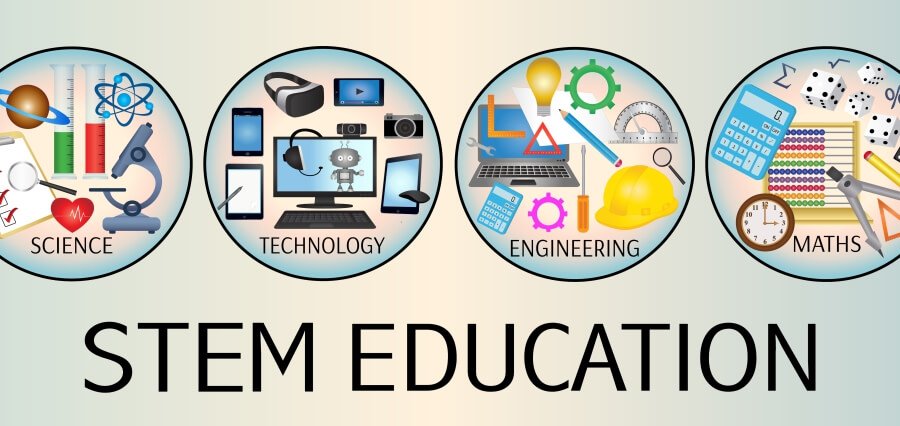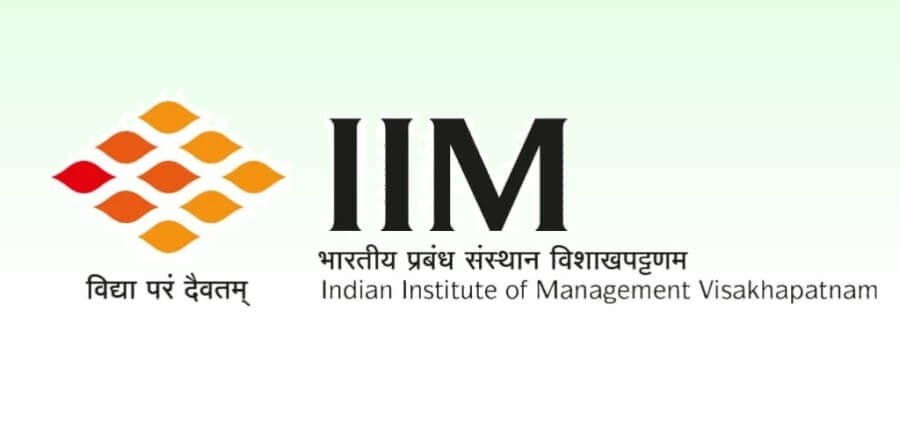STEM Education
In the ever-changing landscape of education, there is a growing realisation of the pivotal role of STEM (Science, Technology, Engineering, and Mathematics) education in shaping the future.
Let’s explore the significance of STEM education in nurturing young minds to become innovators, critical thinkers, and problem solvers – essential skills in the 21st-century world.
The Essence of STEM Education
STEM education is beyond traditional teaching methods, integrating science, technology, engineering, and mathematics into a comprehensive learning experience. It emphasises a hands-on, interdisciplinary approach, fostering skills that are academically valuable and essential for addressing real-world challenges.
Fostering Critical Thinking and Problem-Solving Skills
At the core of STEM education lies the progress of critical thinking and problem-solving abilities. Through engaging activities and projects, students learn to analyse complex problems, formulate solutions, and adapt their approaches based on evidence and outcomes. This approach enhances academic performance and equips students with invaluable life skills.
Encouraging a Curious and Inquisitive Mindset
STEM education sparks curiosity and encourages an inquisitive mindset. By exploring the wonders of science, unravelling the mysteries of technology, and delving into engineering and mathematics principles, students develop a love for learning that extends beyond the classroom. This curiosity-driven learning lays the foundation for a lifelong pursuit of knowledge.
Bridging the Gap Between Classroom and Real-World Applications
One of the strengths of STEM education is its capability to bridge the gap between theoretical knowledge and real-world applications. Students are not just passive recipients of information; they actively apply concepts to solve tangible problems. This practical approach ensures that what is learned in the classroom directly relates to the challenges they may encounter in their future careers.
Nurturing Innovation and Creativity
Innovation is the lifeblood of progress, and STEM education is crucial in nurturing innovation and creativity. By being involved in hands-on projects, students learn to think outside the box, experiment with ideas, and develop a mindset that embraces failure as an inherent part of the learning process. This resilience and creativity are fundamental in addressing the complexities of the modern world.
Addressing the Gender Gap in STEM Fields
STEM education also strives to address the gender gap prevalent in STEM fields. Fostering an inclusive environment and challenging gender stereotypes encourages girls to participate actively and excel in science, technology, engineering, and mathematics. Breaking down these barriers ensures that the pool of future innovators and problem solvers is diverse and representative of the entire population.
Navigating the Digital Age: Embracing Technology in Education
In an era dominated by technology, STEM education acknowledges the importance of preparing students to navigate the digital age. Integrating technology into the learning process enhances digital literacy and exposes students to the tools and methodologies prevalent in modern industries. This prepares them for the rapidly evolving landscape of technology-driven careers.
Building Collaboration and Teamwork Skills
STEM projects often involve collaboration and teamwork, reflecting the collaborative nature of many real-world challenges. Students learn to connect effectively, share ideas, and work collectively towards a common goal. These collaboration skills are transferable to various aspects of life, contributing to the development of well-rounded individuals.
Navigating Challenges: Promoting Accessibility to STEM Education
While the benefits of STEM education are evident, it is necessary to address challenges related to accessibility. Initiatives that promote inclusivity, such as community-based STEM programs, scholarships, and partnerships with industry, can help bridge the gap and ensure that STEM education is accessible to students from all backgrounds.
Integrating Arts and Creativity into STEM (STEAM)
Recognising the synergies between STEM and the arts, educators increasingly advocate for STEAM education – an integration of Science, Technology, Engineering, Arts, and Mathematics. Including arts fosters creativity and a holistic approach to problem-solving, emphasising that innovation often arises at the intersection of disciplines.
Preparing Students for Future Careers
STEM education prepares students for higher education and equips them with the skills needed for future careers. As industries evolve and become increasingly technology-driven, individuals with a strong foundation in STEM fields are in high demand. STEM education ensures that students are passive observers and active contributors to the ever-changing global landscape.
Government Initiatives and Partnerships
Governments and educational institutions recognise the importance of STEM education and are taking initiatives to promote its integration into the curriculum. Partnerships with industry leaders, mentorship programs, and investments in STEM infrastructure create an environment where students can thrive and contribute meaningfully to society.
Embracing a Sustainable Future: STEM and Environmental Awareness
STEM education plays a key role in fostering environmental awareness and sustainability. By understanding scientific principles, leveraging technology, and applying engineering solutions, students can actively contribute to addressing environmental challenges. This awareness creates a generation of problem solvers committed to building a sustainable future.
The Way Forward: A Holistic Approach to Education
In conclusion, STEM education is not just a set of subjects but a transformative approach to learning. It nurtures future innovators and problem solvers, instilling the skills and mindset needed to thrive in a rapidly changing world. As we move forward, it is imperative to embrace STEM education as an integral part of a holistic approach to education, preparing students for exams and life itself.





